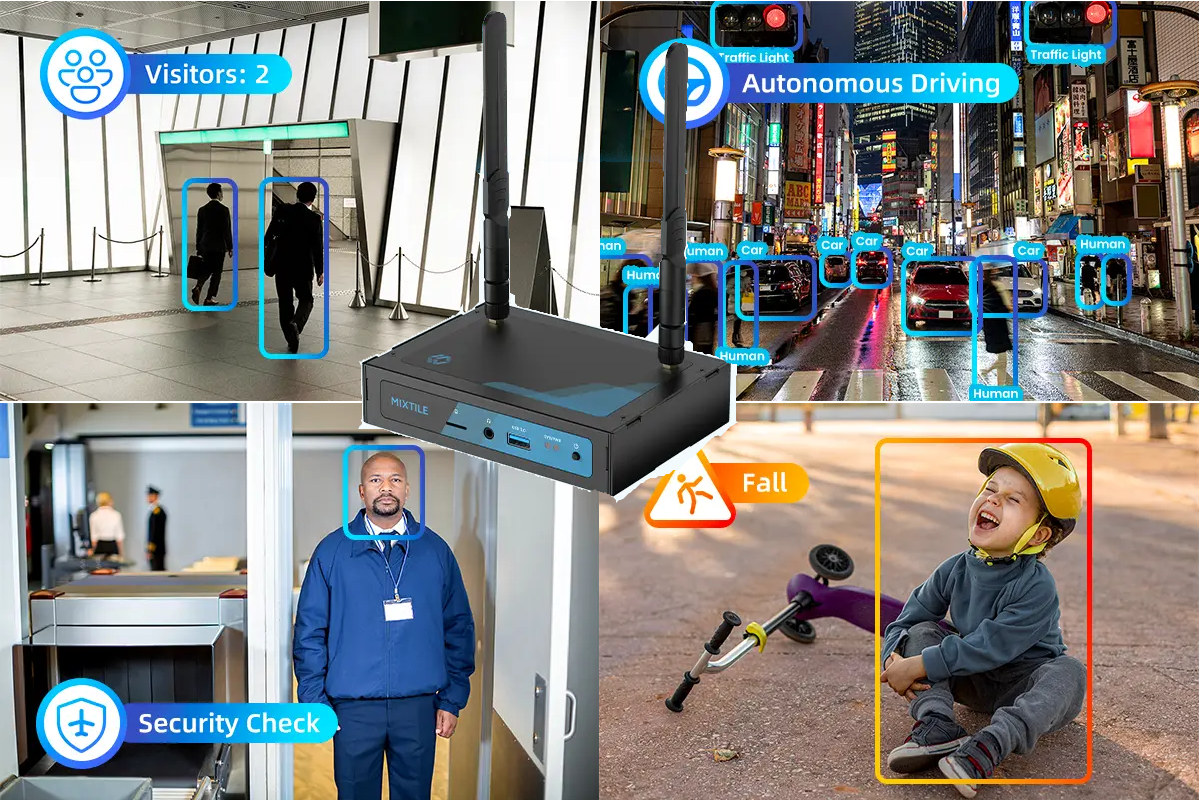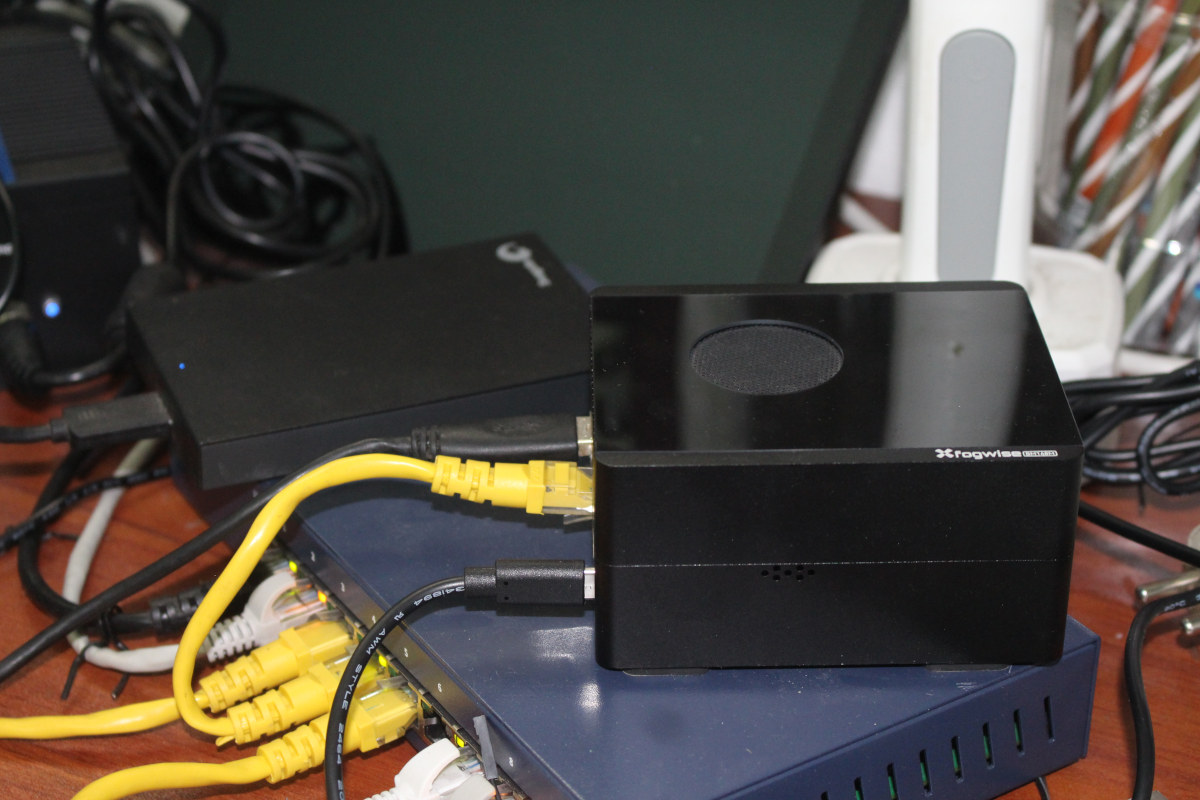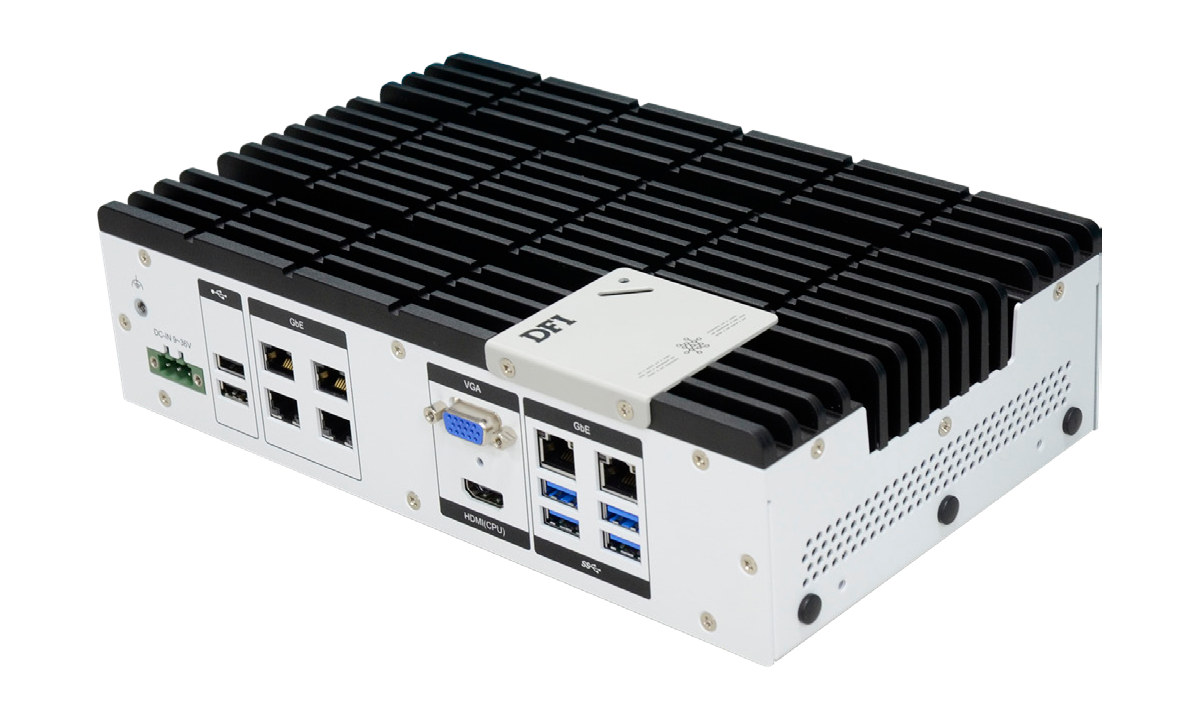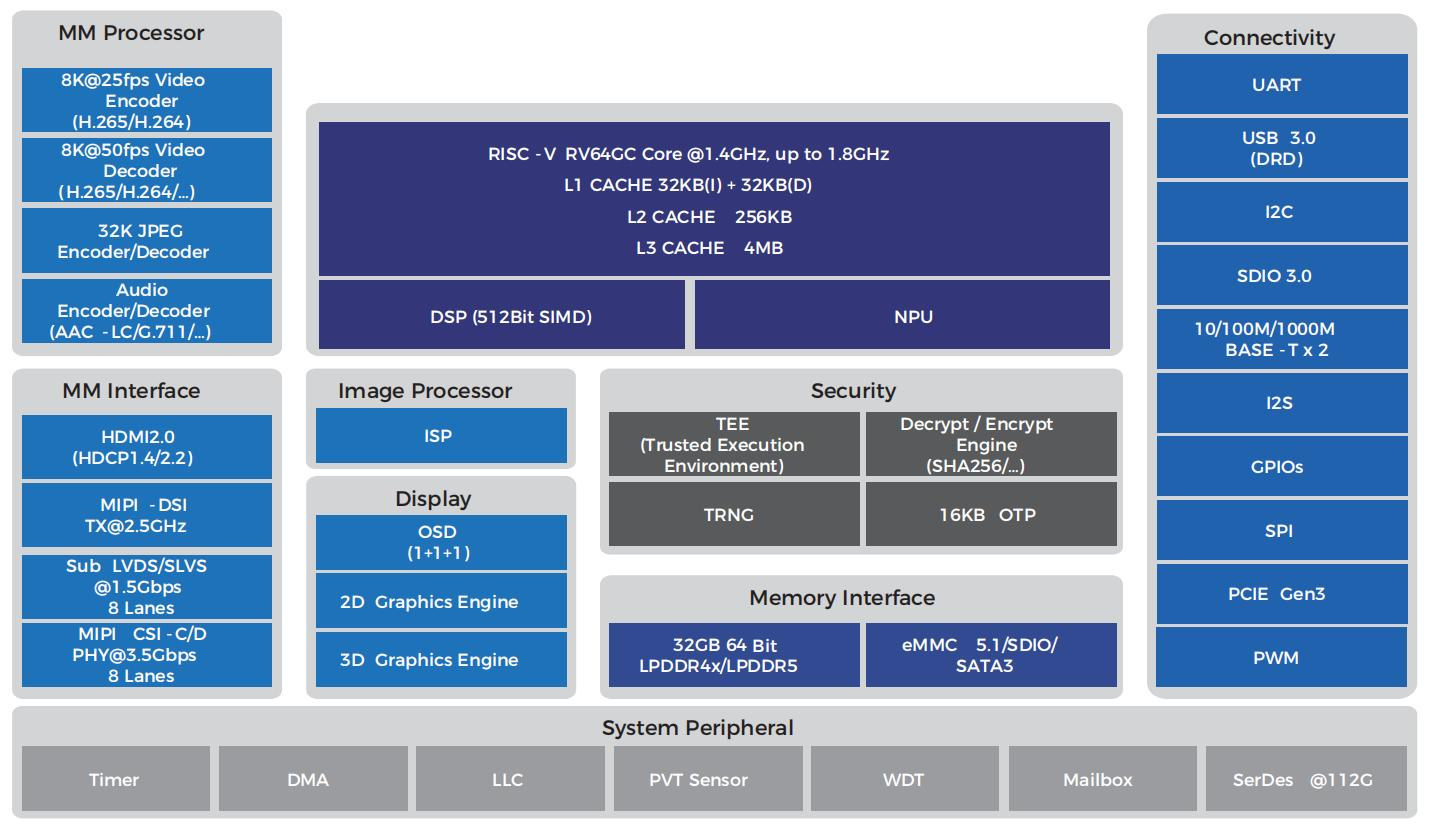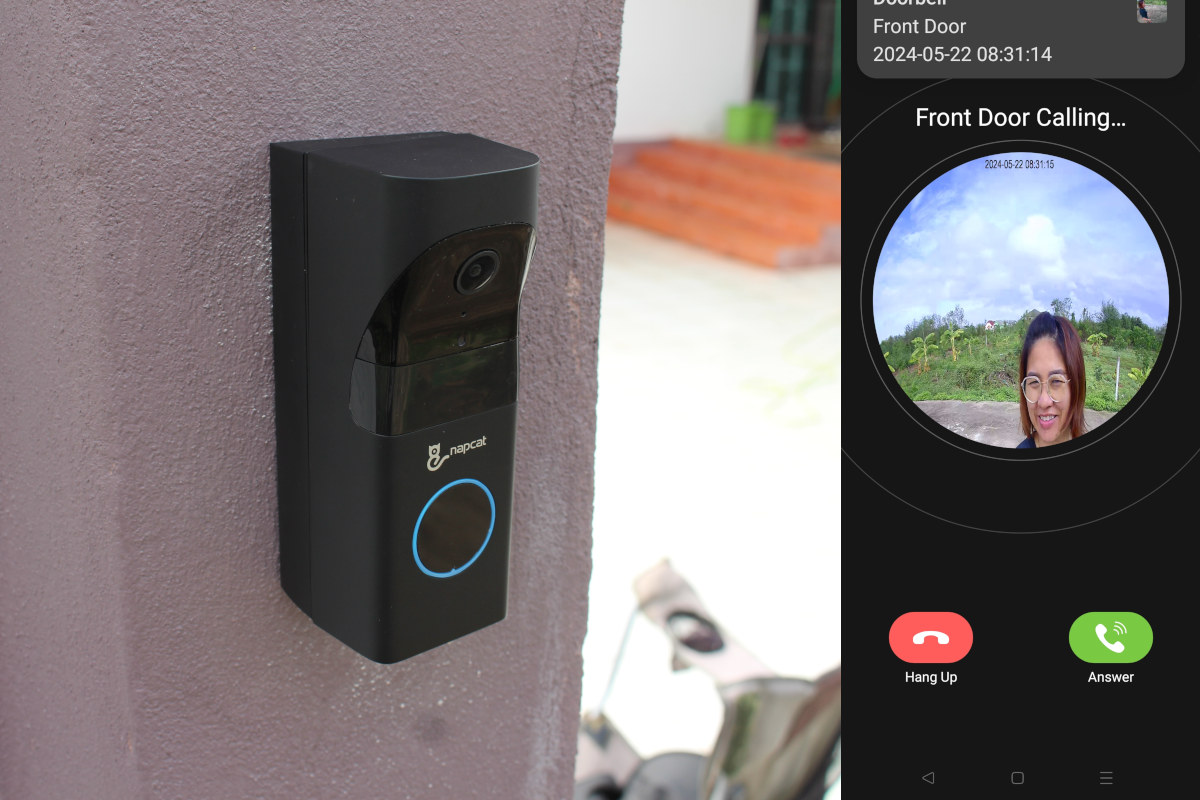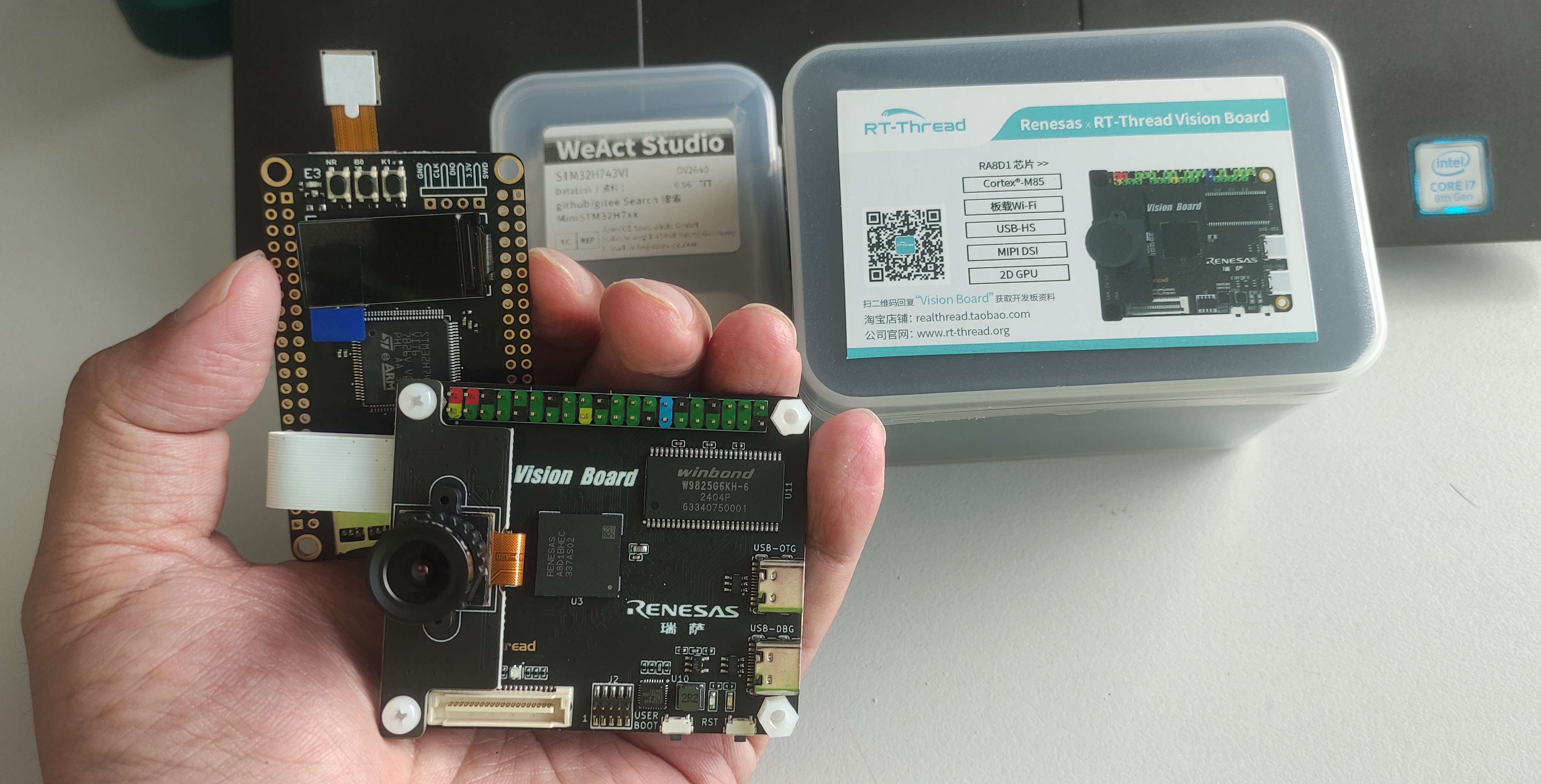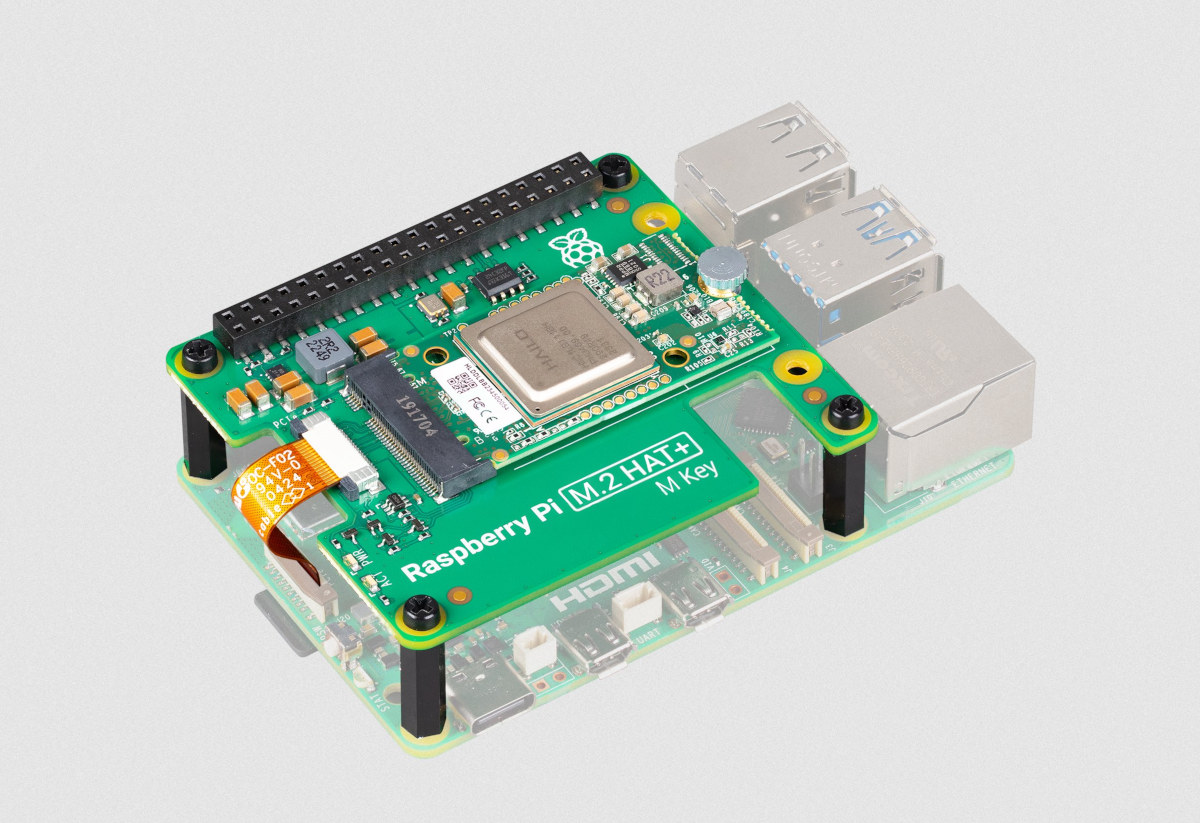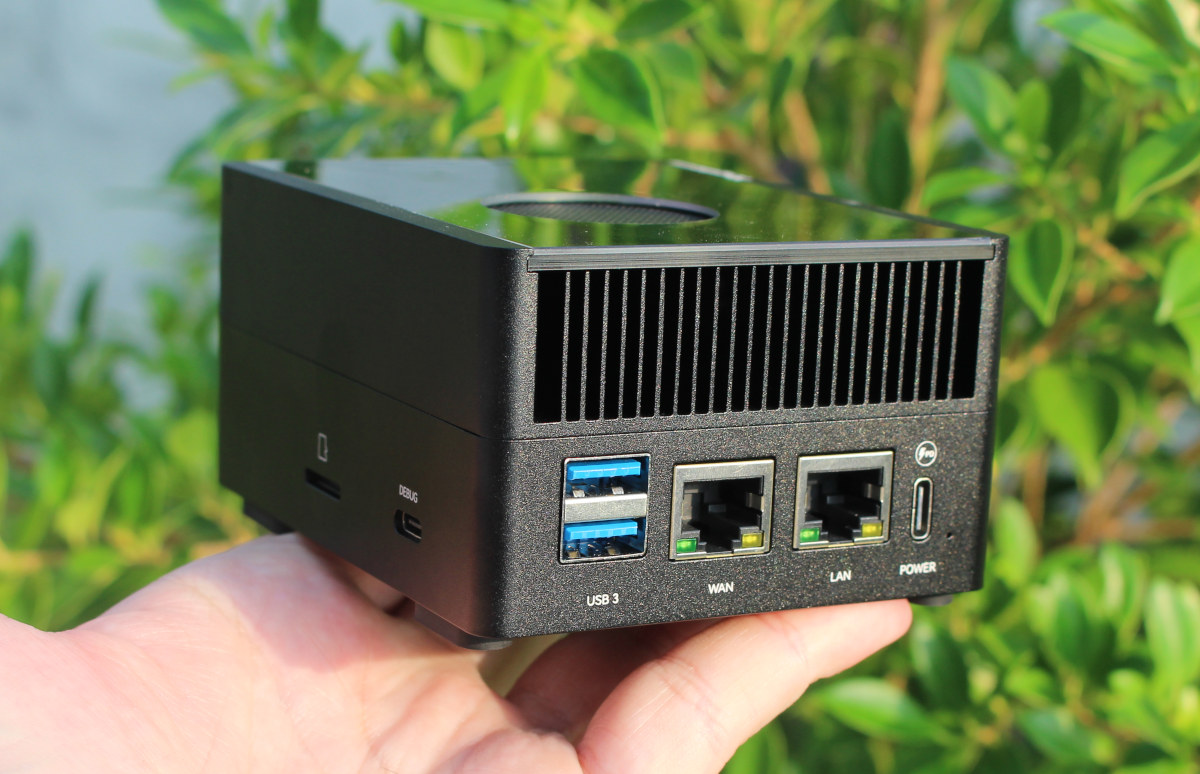Mixtile Edge AI solution supports ONVIF cameras and leverages object detection, object classification, real-time analysis, and intelligent monitoring to create IoT video analytics applications across the security, transportation, logistics, retail, industry, and agriculture sectors. The hardware is based on the time-tested Mixtile Edge 2 Kit IoT gateway powered by a Rockchip RK3568 SoC with a 1 TOPS NPU and 1080p60 VPU, or Mixtile Blade 3 SBC featuring the more powerful Rockchip RK3588 octa-core SoC with a 6 TOPS AI accelerator and an 8Kp60 VPU. The former can analyze up to 10 streams in real-time, and the latter up to a whopping 40 streams. So the novelty here is on the software side that has been developed by Mixtile and works the following way: The ONVIF cameras transmit video streams to a Mixtile Edge AI Box over the network. The Edge AI Box then runs pre-trained AI models to analyze the […]
Radxa Fogwise Airbox AI box review – Part 2: Llama3, Stable Diffusion, imgSearch, Python SDK, YOLOv8
After checking out Radxa Fogwise Airbox hardware in the first part of the review last month, I’ve now had time to test the SOPHGO SG2300x-powered AI box with an Ubuntu 20.04 Server image preloaded with CasaOS as well as Stable Diffusion and Llama3 containers. I’ll start the second part of the review by checking out the pre-installed Stable Diffusion text-to-image generator and Llama3 AI chatbot, then manually install imgSearch AI-powered image search engine in CasaOS web dashboard, test the Python SDK in the command line, and run some AI vision models, namely Resnet50 and YOLOv8. Radxa Fogwise Airbox OS installation Radxa only provided an Ubuntu Server 20.04 image last month with only the basics pre-installated. The company has now improved the documentation and also made two images available for the Radxa Fogwise Airbox: Base image (1.2GB) – Based on Ubuntu Server 20.04; contains only Sophon base SDK and backend. Full […]
DFI X6-MTH-ORN fanless Edge AI Box computer combines 14th Gen Intel Core Ultra SoC with NVIDIA Jetson Orin AI module
DFI X6-MTH-ORN is a fanless Edge AI Box Computer that combines an NVIDIA Jetson Orin NX/Nano AI module with a 14th Gen Intel Core Ultra “Meteor Lake-U” 15W processor for AI-driven applications leveraging GPU computing, machine learning, and image processing. It’s a fully modular computer with an Intel COM Express Type 6 or Type 10 module, an NVIDIA Jetson Orin module, and five M.2 sockets for expansion. The fanless embedded system takes up to 64GB DDR5 RAM, supports M.2 NVMe and 2.5-inch SATA storage, offers seven video outputs (3x HDMI, 3x DP+, VGA), and six Gigabit Ethernet ports. The X6-MTH-ORN is designed for industrial applications and environments with serial interfaces, wide 9V-36V DC input, and an extended -20°C to 60°C temperature range. DFI X6-MTH-ORN specifications: Meteor Lake-U SoC (one of the other) Intel Core Ultra 7 165U 12-core (2P+8E+2LPE) processor @ 1.7 / 4.9 GHz with 12MB cache, Intel 4Xe […]
ESWIN EIC7700X quad-core RISC-V SoC embeds 19.95 TOPS NPU for Edge AI vision applications
Yesterday we noted Sipeed was working on the LM5A system-on-module powered by ESWIN EIC7700X quad-core RISC-V processor with a ~20 TOPS AI accelerator in order to integrate it into its Lichee Book laptop and other carrier boards. So today, I’ve decided to look into the EIC7700X SoC designed by “BEIJING ESWIN COMPUTING TECHNOLOGY CO., LTD”, or ESWIN for shorts. The EIC770X features four 64-bit RISC-V (RV64GC) cores clocked up to 1.8 GHz, an Imagination AXM-8-256 3D GPU, a 19.95 TOPS NPU, H.265/H.264 video encoder/decoder capable of handling up to 32x 1080p30 videos, various video output (HDMI + DSI) and input interfaces, dual GbE, 4-lane PCIe Gen 3, and more. ESWIN EIC7700X specifications: CPU 4x SiFive Performance P550 RV64GC RISC-V cores @ 1.4GHz (up to 1.8GHz) with Cortex-A75-class performance 32KB(I) + 32KB(D) L1 Cache 256KB L2 Cache 4MB shared L3 Cache Cache supports ECC (support SECDED) DNN Accelerator – 19.95 […]
NapCat Smart Video doorbell review – A battery-powered dual-band WiFi video doorbell with AI features
NapCat R112 is a 5MP video doorbell with dual-band 2.4/5GHz WiFi, AI features such as human and package detection, 2-way audio, and no subscription. It’s waterproof – rated IP65 – so it can be used outdoors, and powered by either a built-in battery or traditional wires. The company sent me a sample of the Napcat R112 for review. I’ll check out the camera in battery-powered mode only in this review, install it on the wall close to the gate of my house, and use the Napcast Android app to access the camera and answer calls. Napcat video doorbell unboxing The retail package shows a photo of the (white) base station and (black) camera and lists some of the main features such as a wide-angle camera, dual-power option, on-device human detection and package monitoring, and dual-band WiFi. There’s no monthly fee to pay to use the device after purchasing it. The […]
RT-Thread Vision board review – Part 1: OpenMV on Renesas RA8D1 Cortex-M85 microcontroller
I am always interested in real-time operating systems (RTOS) for microcontrollers (MCUs) with my past backgrounds in µC/OS-II, mbed, and FreeRTOS. When the opportunity arose to get my hands on the RT-Thread Vision Board, thanks to the RT-Thread team and CNX Software, I was excited to check it out. This board, a collaboration between RT-Thread and Renesas, packs a powerful Renesas RA8D1 Cortex-M85 MCU and comes pre-loaded with OpenMV firmware. OpenMV’s MicroPython engine lets you jump right into embedded vision development, perfect for experimenting with computer vision tasks. But the real power lies in RT-Thread’s ability to handle tasks very quickly, which we’ll explore with C/C++ development in part two. This first part will focus on getting you familiar with the hardware using the OpenMV firmware, making it a smooth entry point for beginners. Plus, I have a collection of other Renesas evaluation boards, so you can bet I’ll be […]
$70 Raspberry Pi AI Kit combines official M.2 HAT+ with Hailo-8L AI accelerator
Raspberry Pi Limited has just launched the “Raspberry Pi AI Kit” comprised of the official M.2 Key M HAT+ and a 13 TOPS Hailo-8L M.2 AI accelerator module and selling for $70 through distributors. We had seen Raspberry Pi showcase an AI camera at Embedded World 2024, so when I received an email from a representative about a “Raspberry Pi AI Kit” I thought it would be the announcement about the camera. Instead, it’s a kit comprised of existing parts with the most interesting aspects being the price and availability (hopefully) since Hailo-8/8L accelerators are mostly found in more expensive embedded/industrial solutions, and easier documentation to get started. Raspberry Pi AI Kit highlights: Supported SBC – Raspberry Pi 5 M.2 HAT+ with PCIe Gen2 x1 interfaces, M.2 Key M support, Hailo-8L AI accelerator with Up to 13 TOPS of performance M.2 2242 form factor Typical power consumption – 1.5W Thermal […]
Radxa Fogwise Airbox edge AI box review – Part 1: Specifications, teardown, and first try
Radxa Fogwise Airbox, also known as Fogwise BM168M, is an edge AI box powered by a SOPHON BM1684X Arm SoC with a built-in 32 TOPS TPU and a VPU capable of handling the decoding of up to 32 HD video streams. The device is equipped with 16GB LPDDR4x RAM and a 64GB eMMC flash and features two gigabit Ethernet RJ45 jacks, a few USB ports, a speaker, and more. Radxa sent us a sample for evaluation. We’ll start the Radxa Fogwise Airbox review by checking out the specifications and the hardware with an unboxing and a teardown, before testing various AI workloads with Tensorflow and/or other frameworks in the second part of the review. Radxa Fogwise Airbox specifications The specifications below come from the product page as of May 30, 2024: SoC – SOPHON SG2300x CPU – Octa-core Arm Cortex-A53 processor up to 2.3 GHz VPU Decoding of up to […]


